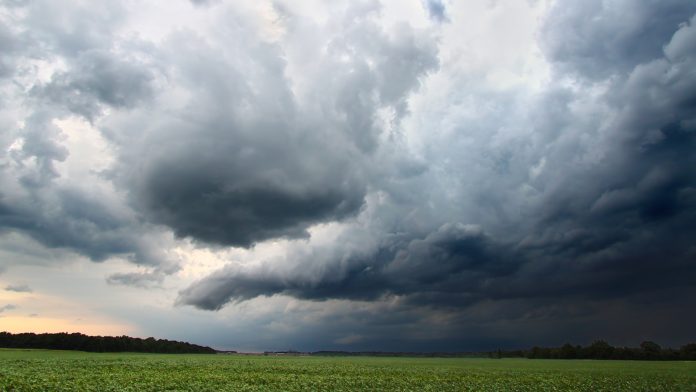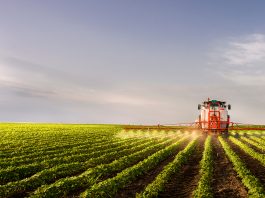UK scientists will help the Met Office improve forecasting of severe weather events in a new large-scale collaborative research project.
Scientists from the University of Manchester are joining the research project to help the Met Office improve its forecasts of extreme weather events.
The researchers have been awarded £1.8m to carry out a new observational campaign in Southern England. The project sets out to evaluate turbulence in the atmosphere.
The project, called WesCon – Observing the Evolving Structures of Turbulence (WOEST), is led by the National Centre for Atmospheric Science. It will complement the Wessex Convection (WesCon) Experiment led by the Met Office.
The researchers hope that the results will improve forecasting on a day-to-day basis and manage risks from severe weather that is increasing due to climate change.
Dr Emily Norton, Scientist at the Centre for Atmospheric Science at The University of Manchester, said: “Weather models currently rely heavily on theoretical knowledge to simulate turbulence in our atmosphere, and this could be a large source of potential errors in weather predictions.
“The Met Office model has made many improvements over the last decade, but it still has some long-term biases and is prone to forecasting too much rain at the wrong time in convective conditions.
“Working together, our goal is to build a complete picture of turbulence in our atmosphere how the processes leading up to an extreme weather event evolve.”
Climate change is contributing to the increase of severe weather events
Extreme weather events include high temperatures, storms, droughts and floods. Met Office Data has shown that the number and severity of certain types of severe weather events are increasing. This impacts our infrastructure and health, causing massive disruption.
Climate change is contributing to these increases. Therefore, the need for accurate weather forecasts and climate projects will increase as climate change continues to change.
Weather and climate models are important to our ability to manage the impacts of severe weather. Improving forecasting will help inform decisions on climate change adaptation and provide early warning of severe weather events.
The team will use observations to improve forecasting
Throughout the summer months, the University of Manchester will be part of the team to set up and operate meteorological instruments. These include drones, radars, lidars, and wind profilers at different Southern England locations.
The instruments will provide a unique insight of the state of turbulence in the atmosphere at any given time.

After the project, the team will analyse the data from all of the measurements to better understand the atmospheric conditions near the surface of the Earth leading to the formation of thunderstorms.
Researchers on the project will then combine observations to help them describe turbulence in the atmosphere. Ultimately, the observations will be used to improve high-resolution weather forecasts.
Measuring turbulence has been a longstanding challenge
Dr Ryan Neely III, lead researcher from the National Centre for Atmospheric Science at the University of Leeds, said: “Turbulence is easy to see in our daily lives, if you look closely at clouds in our sky, you might notice how air swirls in random fluctuations around their edges.
“But how do you quantify chaos? Our observational campaign sets out to do just that. We have brought together a world-leading team, and state-of-the-art technology to answer a question that has intrigued me since I was a kid.”
Turbulence in the atmosphere is best described as chaotic motions of the air. It can cause irregular fluctuations in the temperature, humidity, wind, and composition of the atmosphere.
Despite turbulence playing a major role in thunderstorms. The ability to measure turbulence and how it impacts weather has been a key challenge for researchers. There have been very few observations dedicated to evaluating turbulence in the sky.
The WOEST campaign will capture real-world data on turbulence
The project will improve forecasting by capturing real-world data about how turbulence near the Earth’s surface develops over time and producing three-dimensional estimates of turbulence in convective clouds.
Some of the weather radar will be powered by HVO fossil-free biofuel diesel generators which will reduce greenhouse gas emissions from the project by up to 90%.
The campaign was made possible with a £1.8m funding award from the Natural Environment Research Council.








